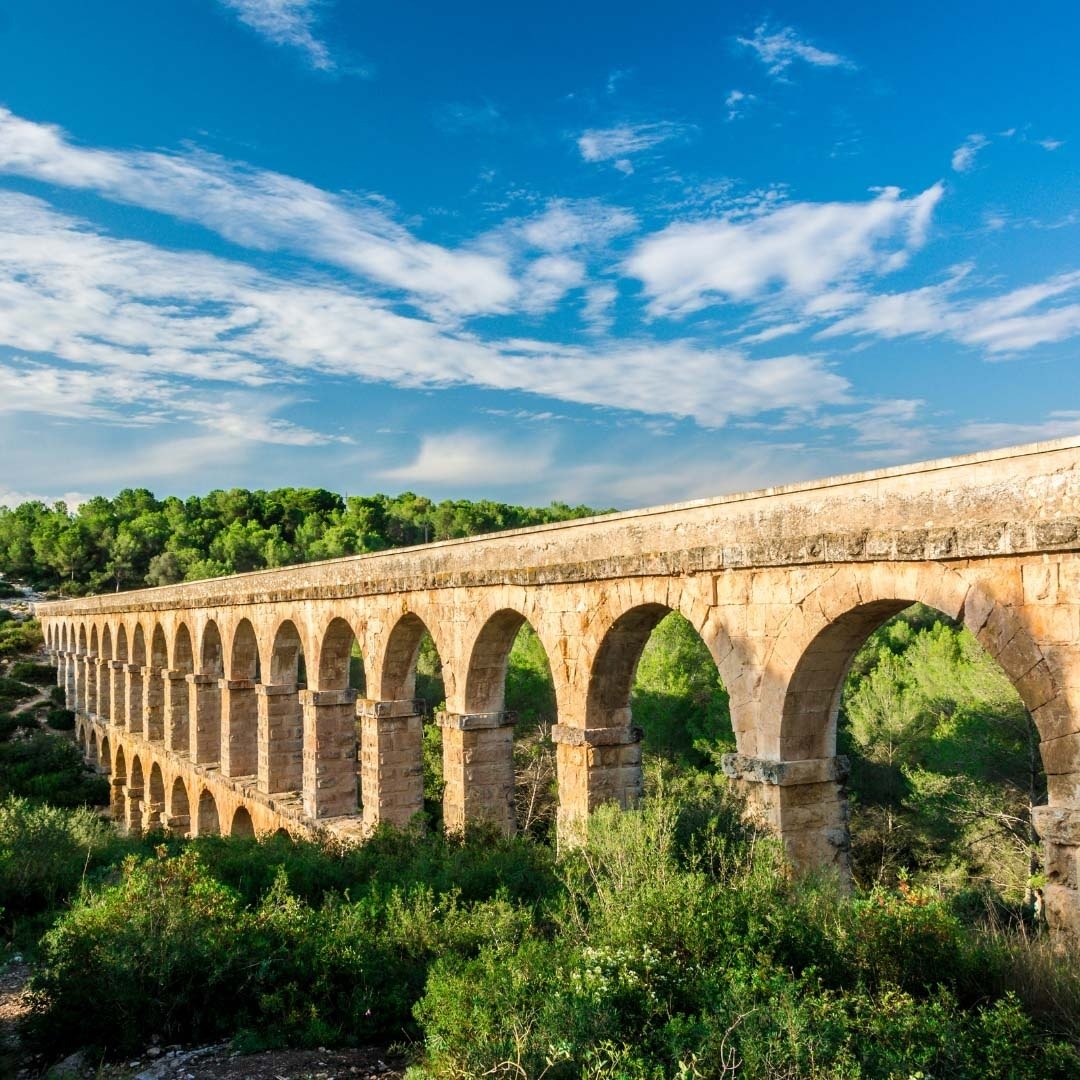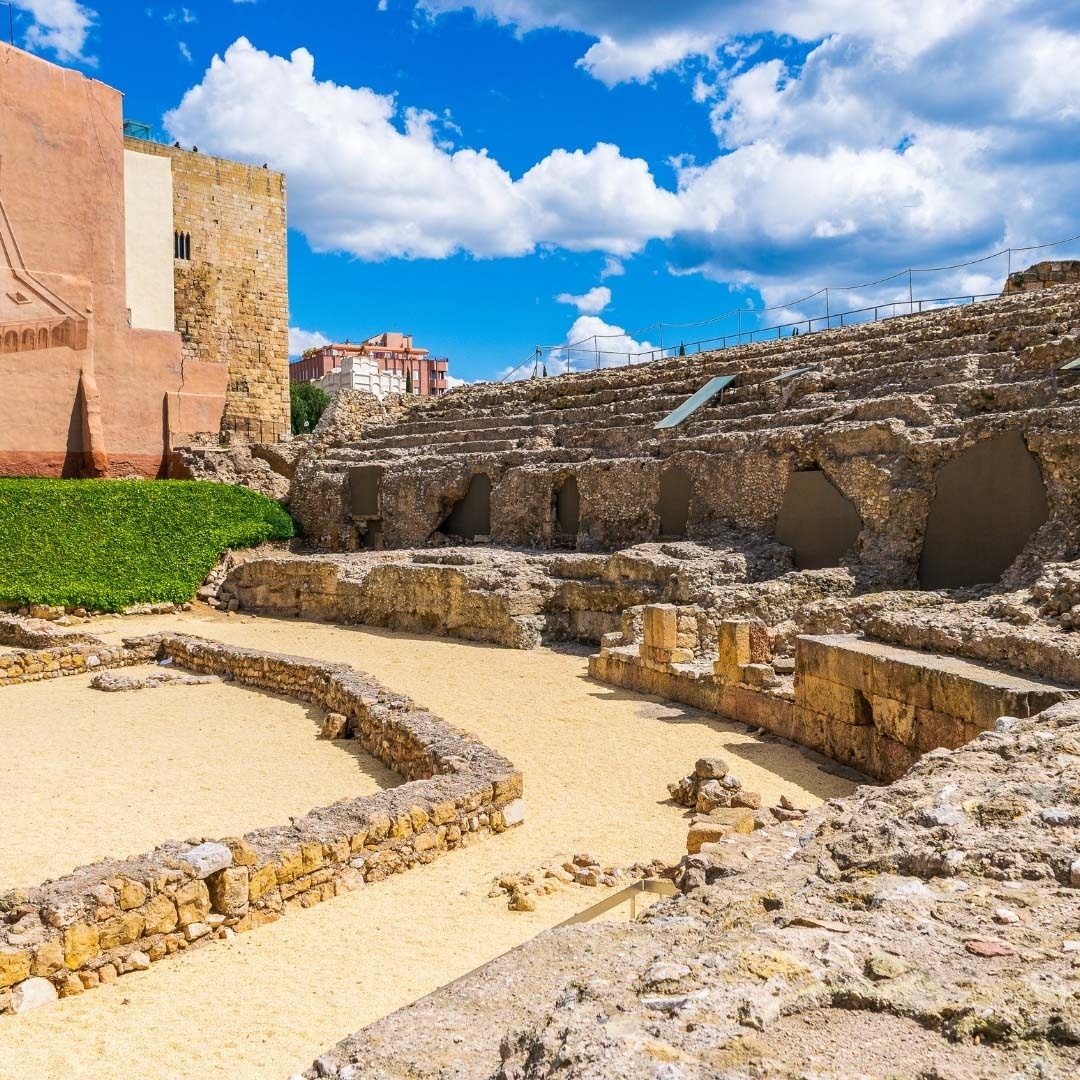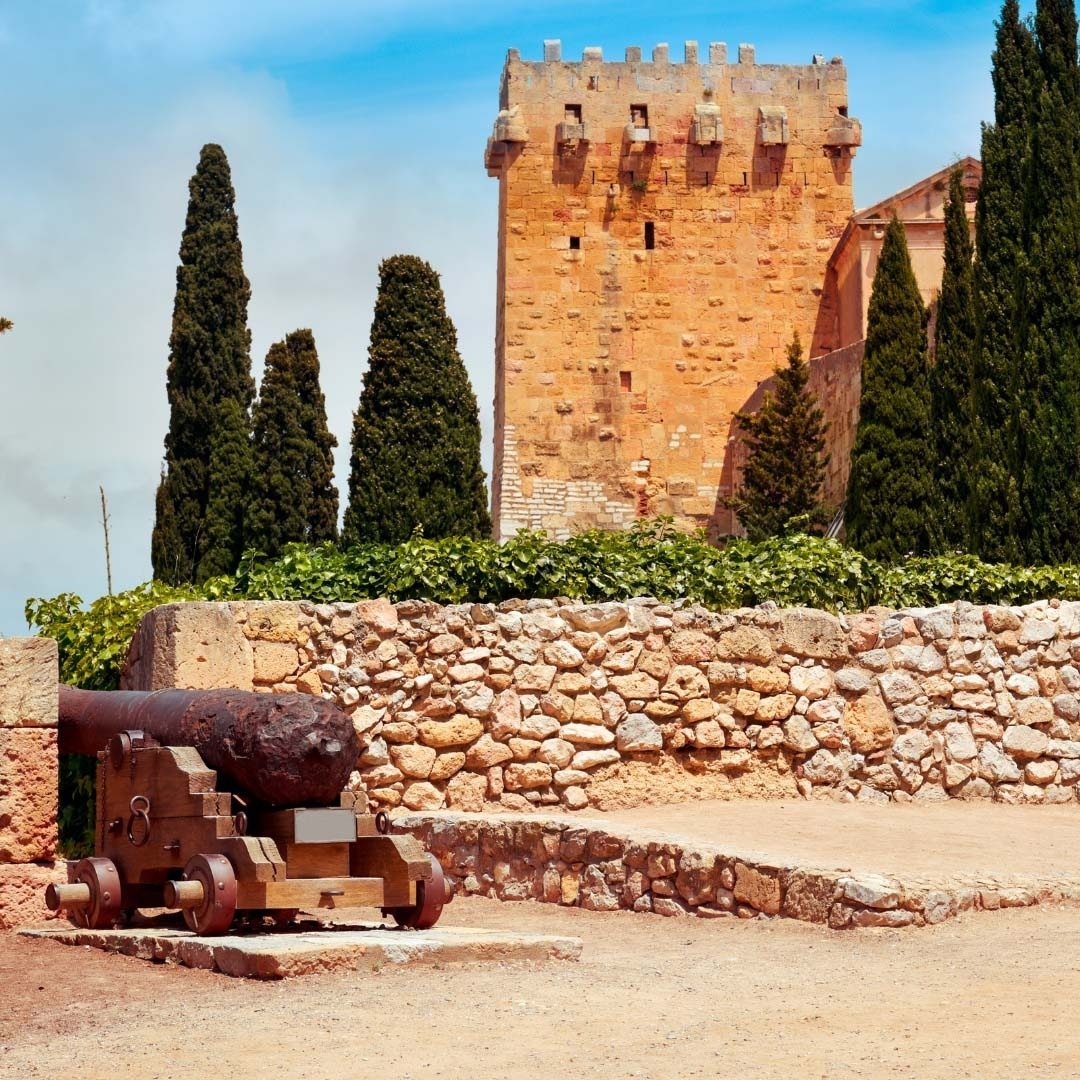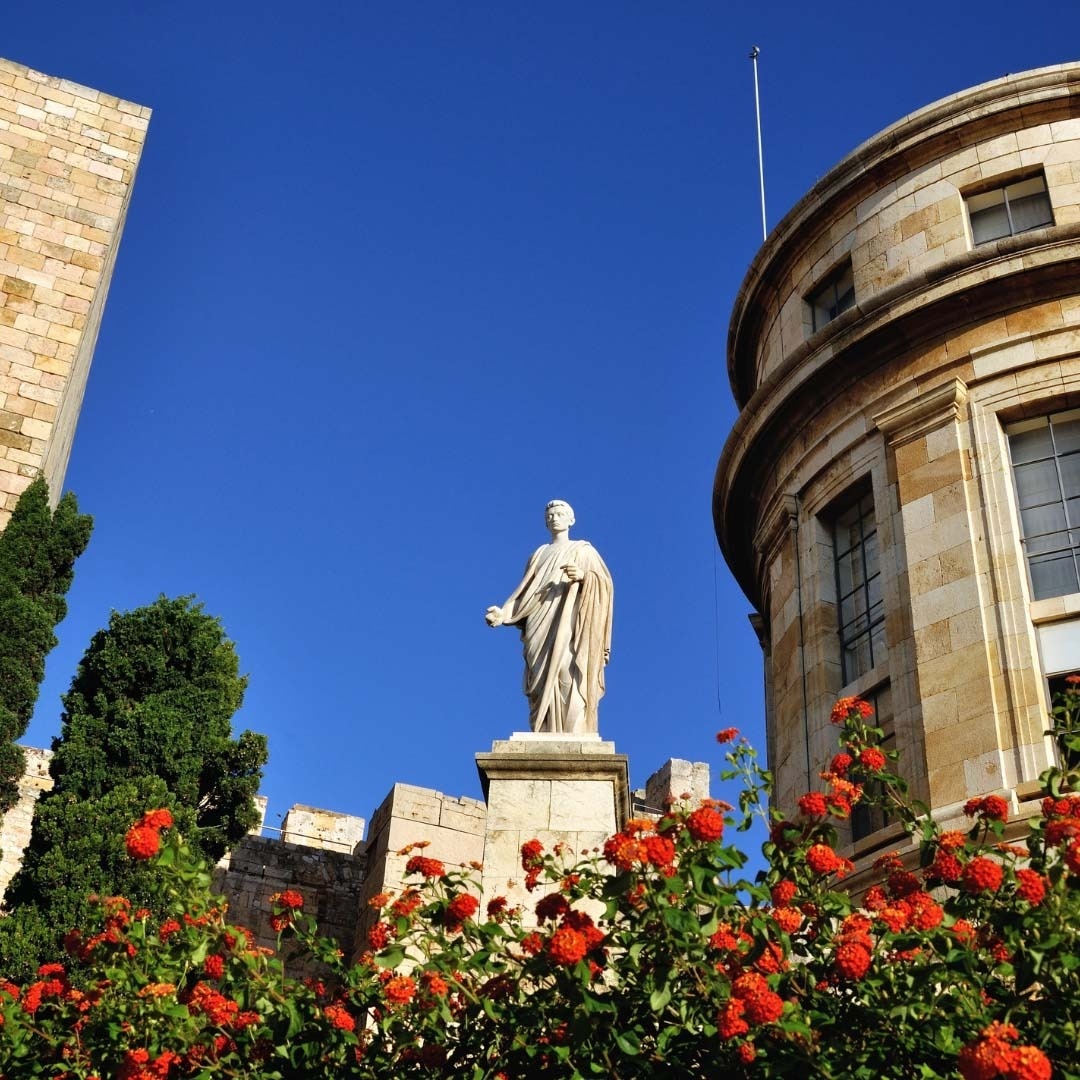If you are in TAIGA
Delta de L'Ebre and you are a history lover, you cannot miss the opportunity to visit Tarragona, the ancient Tarraco. This city, with its fascinating Roman heritage, is a trip to the past that will allow you to discover what life was like in one of the most important cities of the Roman Empire in the Iberian Peninsula. Below, we will tell you what you should visit to live an authentic Roman experience.
INDEX The Roman Amphitheatre: Gladiators by the Sea
Start your tour of Tarraco (Tarragona) by visiting the impressive Roman Amphitheatre, one of the city's most iconic monuments. Built in the 2nd century AD, this amphitheater, located along the shores of the Mediterranean, was the scene of fierce gladiatorial combats and public spectacles. The arena of the amphitheater witnessed fierce fights that kept the crowd on the edge of their seats. Today, its well-preserved structure will allow you to imagine the excitement and bustle of game days in ancient Rome.
![]()
Colonial Forum: the heart of Tarraco
The Forum of Tarraco was much more than just a collection of buildings; it was the epicentre of the social, political and religious life of the city. Here, citizens gathered to attend religious ceremonies, resolve legal matters and take part in the bustle of the market. Temples dedicated to gods such as Jupiter, Juno and Minerva dominated the square, symbolising divine power over the city. Today, walking through the ruins of the forum is like stepping back in time and feeling the pulse of a city that was key to the expansion of the Roman Empire in Hispania.
![]()
Roman Walls: Guardians of Time
The walls of Tarraco, originally built in the 3rd century BC and reinforced during the time of Augustus, not only protected the city, but also demonstrated its strategic and military importance. These imposing defensive structures, which stretched for several kilometres, surrounded Tarraco, guarding it from invasions and attacks. The watchtowers and fortified gates, still visible today, allow you to imagine Roman soldiers keeping watch from above, ensuring peace within the city. Furthermore, from the walls, one can enjoy a panoramic view that encompasses both the modern city and the sea, a reminder of Tarraco's unbreakable connection to the Mediterranean.
![]()
Roman Circus: The speed of a civilization
The Roman Circus of Tarraco was not just a place of entertainment, but a symbol of the city's power and wealth. It was here that thrilling chariot races were held, where charioteers risked their lives in frenetic competitions that ignited the passion of the people. The circus could accommodate thousands of spectators who cheered on their favourite teams, while the horse-drawn chariots sped around the track. Today, walking through the underground tunnels that once echoed with the clamour of the crowd is an experience that connects you directly with the splendour of ancient Rome, while the integration of the circus with modern Tarragona offers a fascinating contrast between past and present.
![]()
Archaeological Museum: Treasures of a civilization
To complement your immersion in Tarraco’s history, the National Archaeological Museum of Tarragona is a must-see. This museum houses a vast collection of artifacts that tell the story of the city from its founding to its attachment as the capital of the Roman province of Hispania Citeriot. The mosaics, with their intricate designs and vibrant colors, reflect the artistic mastery of the Romans, while marble sculptures and statues offer a window into the religious and political beliefs of the time. Additionally, exhibits of everyday objects, such as ceramics, tools, and coins, allow you to imagine the daily lives of Tarraco’s inhabitants, from the humblest to the most powerful.
![]()
Les Ferreres Aqueduct: The Roman Water Path
The Les Ferreres Aqueduct, popularly known as the Devil's Bridge, is a masterpiece of Roman engineering, designed to supply water to the growing city of Tarraco. Built with time-defying precision, the aqueduct spans 217 metres and rises to a height of 27 metres. Local legend has it that the devil built this bridge in one night, challenged by a young girl to save her soul. Although the legend adds a mystical touch, the reality is that the aqueduct is a testament to Roman ingenuity and its ability to transform the landscape to suit the needs of the city.
![]()
Visiting Tarragona means immersing yourself in the history of ancient Tarraco, a place that, despite the passage of time, remains a living testimony to the greatness of the Roman Empire. Starting from the Ebro Delta, in
TAIGA Delta de L'Ebre, this excursion will allow you to connect with a glorious past and discover the creations of a civilization that left its mark. Prepare your camera and your curiosity, because Tarraco awaits you with its doors open!





